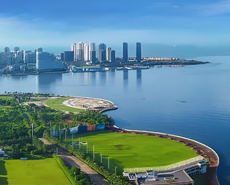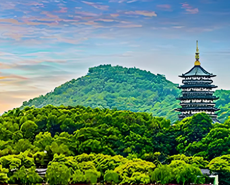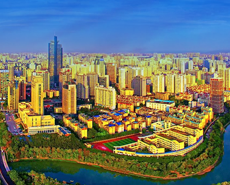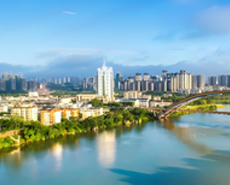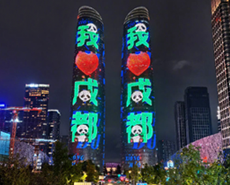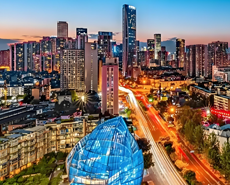
Optimizing zirconia technique to sharpen competitive edge
----Interview with Albert Render
CEO
Foskor Zirconia Pty Ltd
CEO
Foskor Zirconia Pty Ltd
The mining operations of Foskor in Phalaborwa South Africa started in 1951 with Baddeleyite mined as a by-product of Phosphate and Copper.
Asian Metal: Thanks for accepting our interview. Could you please introduce your company firstly?
Albert: The mining operations of Foskor in Phalaborwa South Africa started in 1951 with Baddeleyite mined as a by-product of Phosphate and Copper. The Baddeleyite seam was depleted in the early 90’s and an Arc furnace Fusion operation was established to process Local Zircon sand to Zirconia. The new plant was commissioned in 1991 and reached full capacity by 1993. Foskor Zirconia produces Monoclinic and Calcia stabilized Zirconia and has a capacity of 4200t per annum. Recent technological advances have increased this capacity as well as the product range and we are now able to produce Zirconia with Uranium and Thorium levels below 450 parts per million using Local Zircon sand. This new development Zirconia Z450 is a direct substitute for Baddeleyite and is being evaluated by several customers.

Asian Metal: As the largest producer of zirconia in South Africa, what is the major advantage of Foskor Zirconia products?
Albert: There are few advantages operating out of South Africa as we have arguably the second largest combined zircon sand deposits in Southern Africa but we compete at arm’s length with the rest of the world on supply and price. We have a small competitive advantage when supply to Europe as we are closer than shipping from China but we need to excel technologically and can now better compete with Low Uranium and Thorium materials.

Asian Metal: Since there is almost no demand in South African local market, how does Foskor distribute the sales in overseas markets?
Albert: The highly technological requirements of products limits the customer base to well established producers supplying the steel glass and other industries. There is basically no consumption in South Africa as the national market is too small. This has necessitated the need for Foskor Zirconia to become an exporter to all parts of the world. Through the association with distributers agents and a mobile sales and technical team, as well as strategically placed warehouses, we supply from the smallest to the biggest customers.




